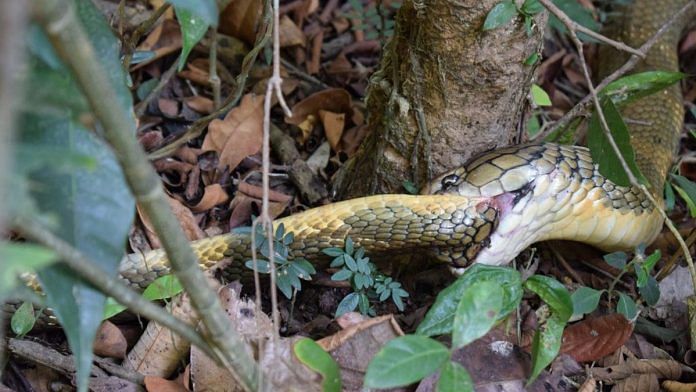Photos of the New England Journal of Medicine, which are available online, can range from weird to grotesque, but are compelling nonetheless.
New York: For more than two centuries, the New England Journal of Medicine has been the go-to destination for blockbuster pharmaceutical trials, debates about health policy and practice-changing medical findings.
Its most popular feature, however, isn’t any of those things. The venerable publication has occasionally gone viral because of medical images like the ones that were being debated by its top editors earlier this year, in preparation for coming print issues and its website.
“Wow, that’s weird.”
“That’s really weird.”
“If somebody walked in with that, that wouldn’t be your first diagnosis.”
“That’s too extreme.”
“Next.”
In the journal’s offices atop Harvard University’s medical library outside Boston, the editors gather every two weeks to pick through a dozen finalists from the hundreds of submissions that have flooded in from around the globe. Part medical mystery, part curiosity, they offer glimpses of conditions most doctors may never see, or particularly compelling images of ones they see every day.
There was the boy with the mysterious whistling cough, who had swallowed an actual whistle that lodged in his lungs. (“It happens all the time,” said Jeffrey Drazen, the journal’s bespectacled editor in chief.)
There’s a patient who inhaled barium during a medical procedure, instead of swallowing it. The liquid coated the delicate branches of his lungs, lighting up an X-ray like a Christmas tree. (“It’s just gorgeous,” said Chana Sacks, the journal’s images editor.)
A motorcycle accident, where the top of the victim’s femur snapped and kinetically relocated in his scrotum. (“You have to relearn the anatomy of how the hip joint is connected,” Sacks said. The article became the journal’s most-viewed image of all time.)
“There was one we published a year or two ago, a scope where they’re pulling a worm out. And literally the worm is across the room, how big this tapeworm is. That makes everybody cringe,” said Sacks. “Having said that, there’s an interesting teaching point of, do you need to get it out all the time?” (Please, yes.)
The Snakebite
There are a few ways to get published by the journal, a nonprofit with an acceptance rate similar to Harvard’s undergraduate school. For most physicians and researchers, it takes a breakthrough in science or a landmark medical trial that will be scrutinized by doctors and investors. Being accepted can mark the highlight of an academic career.
The images section offers doctors a different way in. Some photos are beautiful. Gross is fine, if it’s educational — or at least interesting. Nobody needs to see another Really Big Tumor.
“This section is about things that you see, and a good physician has to be a good observer,” said Drazen, who wore a bow-tie patterned with the journal’s red and white seal. “It’s all part of this education: what are normal variants of the body, and what are ones that teach you more?”
And then, of course, there is what may be the journal’s most legendary image.
It is titled “A Viper Bite,” and there is no way to describe it delicately. The photo was submitted by Tajamul Hussain, a doctor in India. His patient, a 46-year-old farmer, was out in a field when he had to relieve himself. Unbeknownst to the farmer, a Levantine viper, Macrovipera lebetina, was hiding nearby.
He unzipped his pants and was — one can assume, based on the location of the fang marks — at the ready, when the serpent struck. The journal published a photo of the injury head-on.
The farmer lived. The picture lived in infamy.
(You can find the image without this news organization’s help.)
A Chest Cough
Many of the New England Journal’s photos now go online, where they’re available for free and can gain the periodical an audience far beyond its claimed readership of 600,000.
Gavitt Woodard, a cardiothoracic surgery fellow at the University of California, San Francisco, submitted the photograph that has become the section’s latest viral hit. One of her patients had coughed up a huge blood clot. She unfolded the blob, splayed it out on a piece of surgical cloth, and saw a perfect cast of the inside of the patient’s right lung.
“It’s been insane. It’s not why I published it obviously, but I probably have 50 emails from news outlets,” Woodard said by phone as she drove home after a day in the operating room. Woodard has degrees from Stanford and Harvard universities, and has credits on almost two dozen academic papers.
This one, however, holds a special place.
“At some point,” Woodard said, “I’ll probably frame it and put it on the wall.” – Bloomberg
Also read: Selfies are leading people to get plastic surgery. Not true, say psychiatrists






